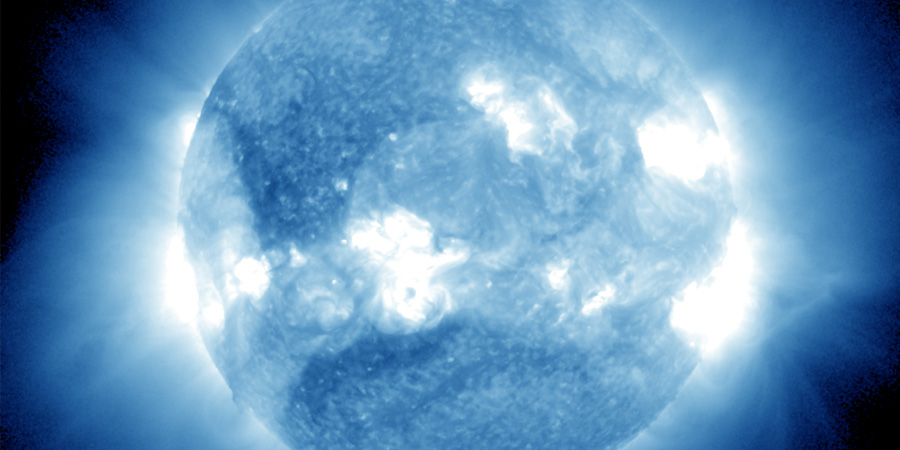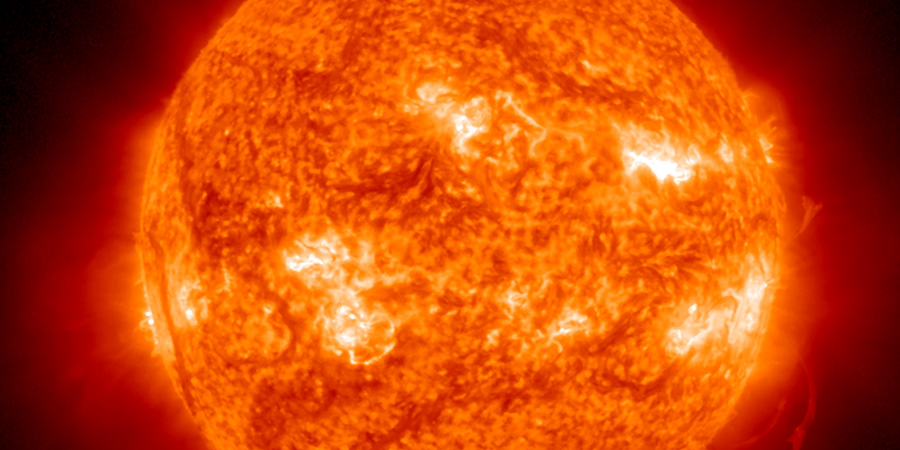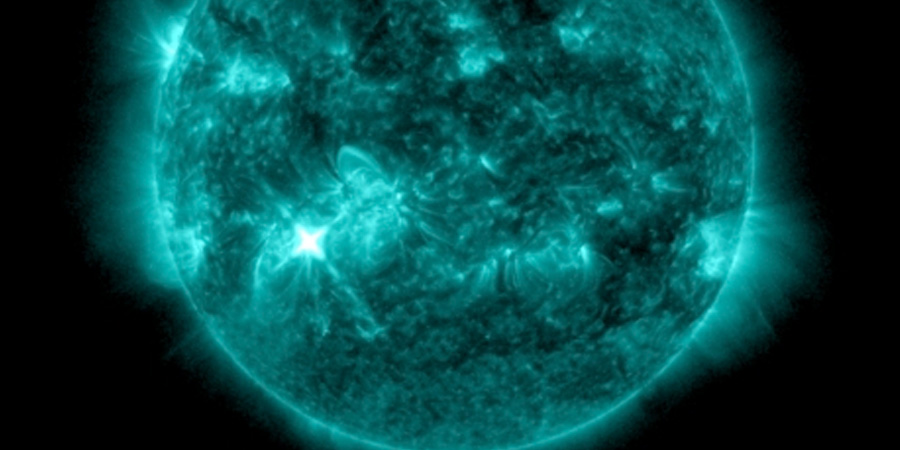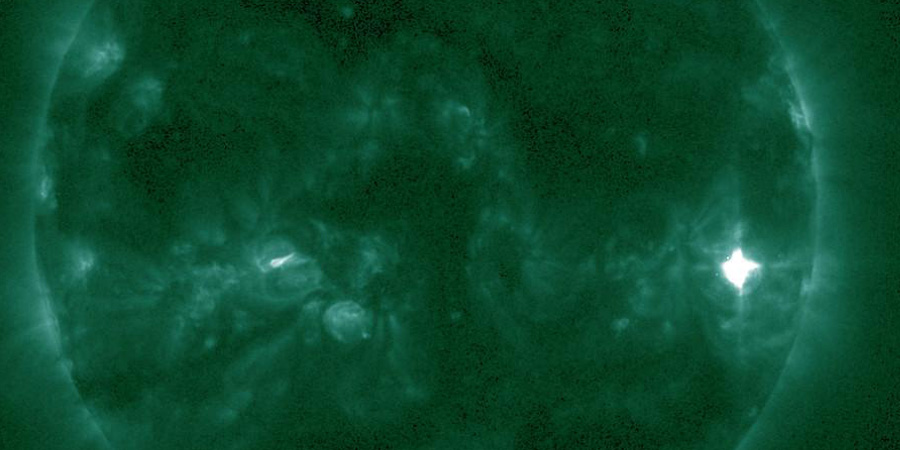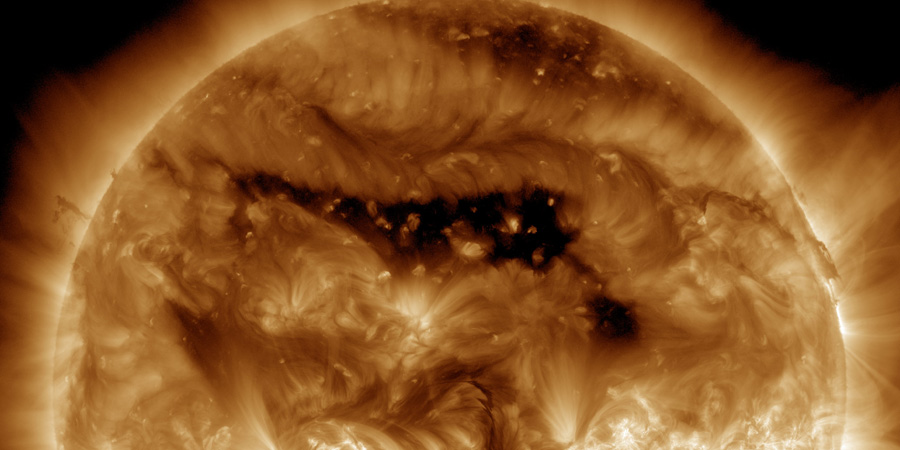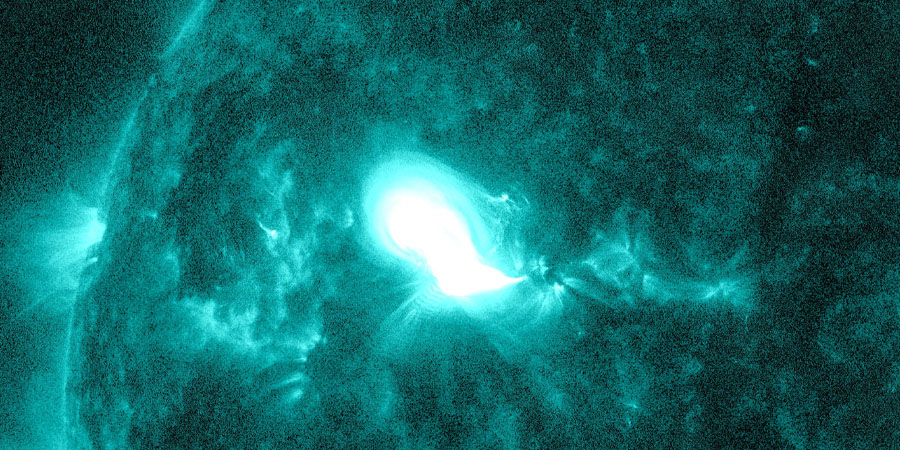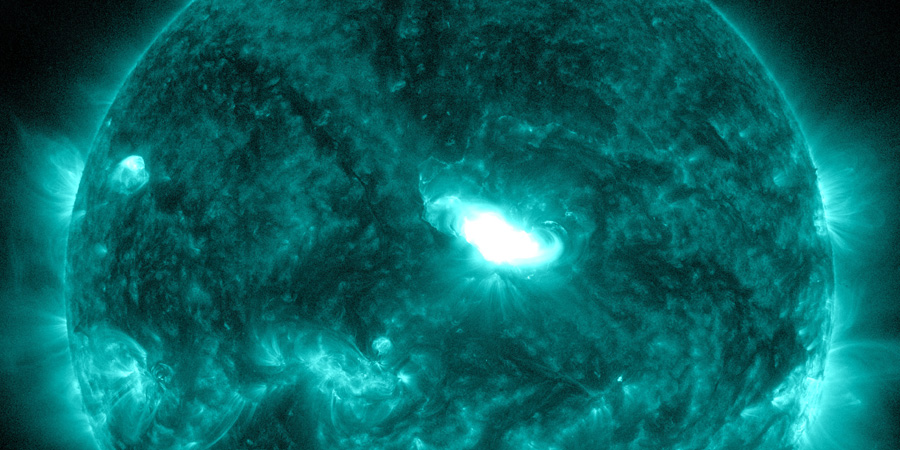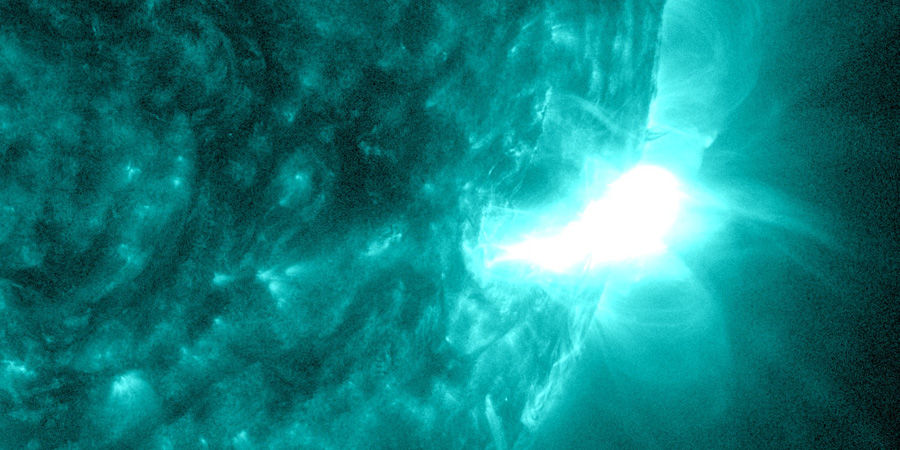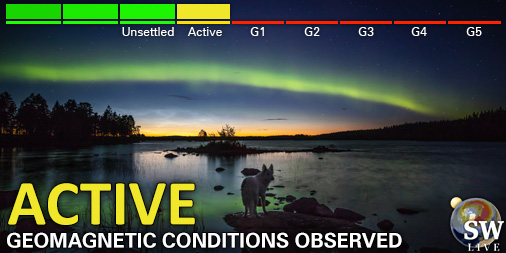Latest news updates Subscribe
Two earth-directed coronal mass ejections
poniedziałek, 30 grudnia 2024 19:31 UTC
Our Sun remains fairly active today but no coronal mass ejections were launched today with a clear earth-directed component. We do however want to talk about yesterday's events again as more data and opinions have emerged...
Strong G3 geoamagnetic storm watch issued
niedziela, 29 grudnia 2024 23:09 UTC
It has been quite an eventful day on the Sun with 18 M-class solar flares and even an X1 solar flare. Sunspot region 3936 produced most of these events including the X-flare but also sunspot region 3938, 3939 and 3940 were contributors.
M9.0 solar flare with earth-directed CME
poniedziałek, 23 grudnia 2024 17:53 UTC
Sunspot region 3932 produced an M9.0 (R2-moderate) solar flare today which peaked at 11:12 UTC. The solar flare was fairly impulsive but it was associated with a Type II radio emission indicating the possible launch of a coronal mass ejection something which we can confirm now thanks to SOHO/LASCO coronagraph imagery.
X2.2 solar flare, SDO outage
niedziela, 8 grudnia 2024 14:12 UTC
Good morning everyone it's Sunday and the Sun is up early today with a banger! She unexpectedly produced an X2.2 solar flare which peaked at 09:06 UTC. It is sunspot region 3912 which was the source of this event.
Major far side eruption, S1 radiation storm
czwartek, 21 listopada 2024 20:44 UTC
The minor S1 solar radiation storm threshold was reached this evening. This is unfortunately not the result of a front side eruption but a major far side eruption behind the west limb. The Sun's magnetic field or Parker Spiral which wraps around the solar system carries the protons from the far side all the way to the Earth and beyond.
Coronal hole faces Earth
poniedziałek, 11 listopada 2024 15:54 UTC
Northern hemisphere sky watchers are having a cracking start to their aurora season. The past few months, we have had major solar flares, coronal mass ejection impacts and in general fairly high geomagnetic activity. Welcome solar maximum! So many people have already spotted aurora from their locations even those who do not live close to the arctic circle. Really amazing to see... and today we have more good news for you as we have a coronal hole facing our planet today which is sending a high speed solar wind stream towards our planet.
X2.0 solar flare
piątek, 1 listopada 2024 17:13 UTC
Two weekends ago we attended the 2024 Aurora Summit in Wisconsin, USA of which we were a proud platinum sponsor. A truly unforgettable experience to meet so many enthusiastic visitors who use our website and app on a daily basis. An event we will never forget. After that we Europeans traveled the fantastic American south-west so apologies if our updates have been irregular the past 14 days. But for sure, if you have the possibility, be sure to visit next year's summit and maybe we will see you there!
X1.8 solar flare, severe geomagnetic storm watch
środa, 9 października 2024 14:29 UTC
Wow. We are writing this news article with a heart filled with excitement. This night at 01:56 UTC we had a major solar flare which launched an equally as impressive coronal mass ejection into space. Earth-facing sunspot region 3848 produced a long duration X1.8 solar flare (R3-strong) which peaked at 01:56 UTC. This region is in a perfect earth-facing position and it became quickly clear that it was an eruptive solar flare.
Double X-flares, glancing blow possible
wtorek, 8 października 2024 17:14 UTC
Solar activity reached high levels with an X2.1 solar flare that peaked at 19:02 UTC yesterday. This event came from sunspot region 3842 which was followed by a long duration X1.0 solar flare which was a combined effort between sunspot region 3842 and 3844.
Incoming CME, G3 geomagnetic storm watch
sobota, 5 października 2024 12:09 UTC
The anticipated CME from the X7 solar flare has turned out to be a nothing-burger. There was no notable impact and aurora displays were confined mostly to arctic latitudes.
Aktualne dane sugerują, że istnieje niewielkie prawdopodobieństwo pojawienia się zorzy polarnej w następujących regionach o wysokiej szerokości geograficznej w najbliższej przyszłości
Fairbanks, AKNajnowsze wiadomości
Najnowsze wiadomości z forum
Wesprzyj SpaceWeatherLive.com!
Wielu ludzi odwiedza SpaceWeatherLive aby śledzić aktywność słoneczną lub sprawdzić czy jest szansa na zaobserwowanie zorzy polarnej. Niestety, większy ruch na stronie oznacza większe koszty utrzymania serwera. Dlatego, jeśli jesteś zadowolony ze strony SpaceWeatherLive, zachęcamy do wspierania nas finansowo. Dzięki temu będziemy mogli utrzymać naszą stronę.

Alerty
04:15 UTC - Aktywność geomagnetyczna
Aktywne warunki geomagnetyczne (Kp4) Osiągnięty próg: 03:57 UTC
02:30 UTC - Indeks mocy półkuli
Model OVATION przewiduje, że index mocy półkuli osiągnie 50GW o 03:23 UTC
środa, 16 kwietnia 2025
21:45 UTC - Aktywność geomagnetyczna
Słaba burza geomagnetyczna G1 (Kp5) osiągnięty próg: 21:36 UTC
21:00 UTC - Aktywność geomagnetyczna
Bardzo silna burza geomagnetyczna G4 (Kp8) osiągnięty próg: 20:55 UTC
19:45 UTC - Aktywność geomagnetyczna
Silna burza geomagnetyczna G3 (Kp7) Osiągnięto próg: 19:25 UTC
Fakty na temat pogody kosmicznej
| Ostatnie rozbłyski klasy X | 2025/03/28 | X1.1 |
| Ostatnie rozbłyski klasy M | 2025/04/15 | M1.2 |
| Ostatnia burza geomagnetyczna | 2025/04/16 | Kp8- (G4) |
| Dni bez plam słonecznych | |
|---|---|
| Ostatni dzień bez skazy | 2022/06/08 |
| Średnia miesięczna liczba plam słonecznych | |
|---|---|
| marca 2025 | 134.2 -20.4 |
| kwietnia 2025 | 120.5 -13.7 |
| Ostatnie 30 dni | 118.3 -22.1 |
